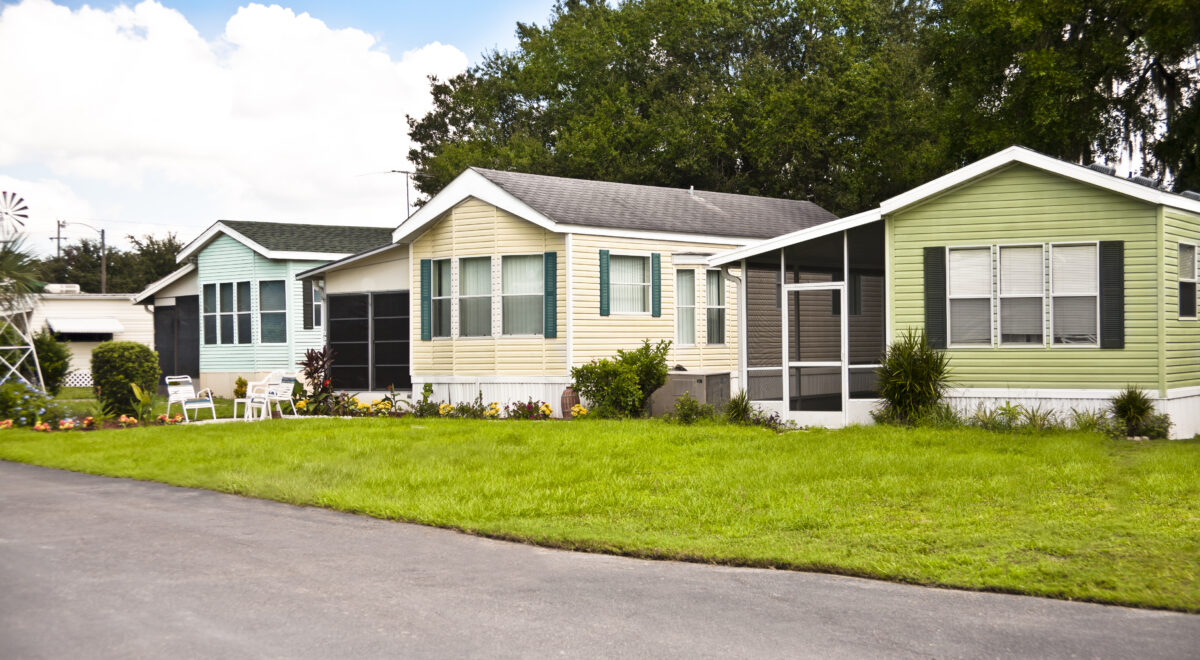AARP Hearing Center
Trend Snapshot
As most decisions on the location and type of housing is determined at the local-level, community members have a strong influence on these decisions. This can lead to objections on specific projects or even legislative proposals on zoning changes that could allow for different types and density of housing within a particular community. These objections have stymied housing production for decades, and continue to interfere with potential solutions, preventing new housing options from being constructed and contributing to housing scarcity.



































































